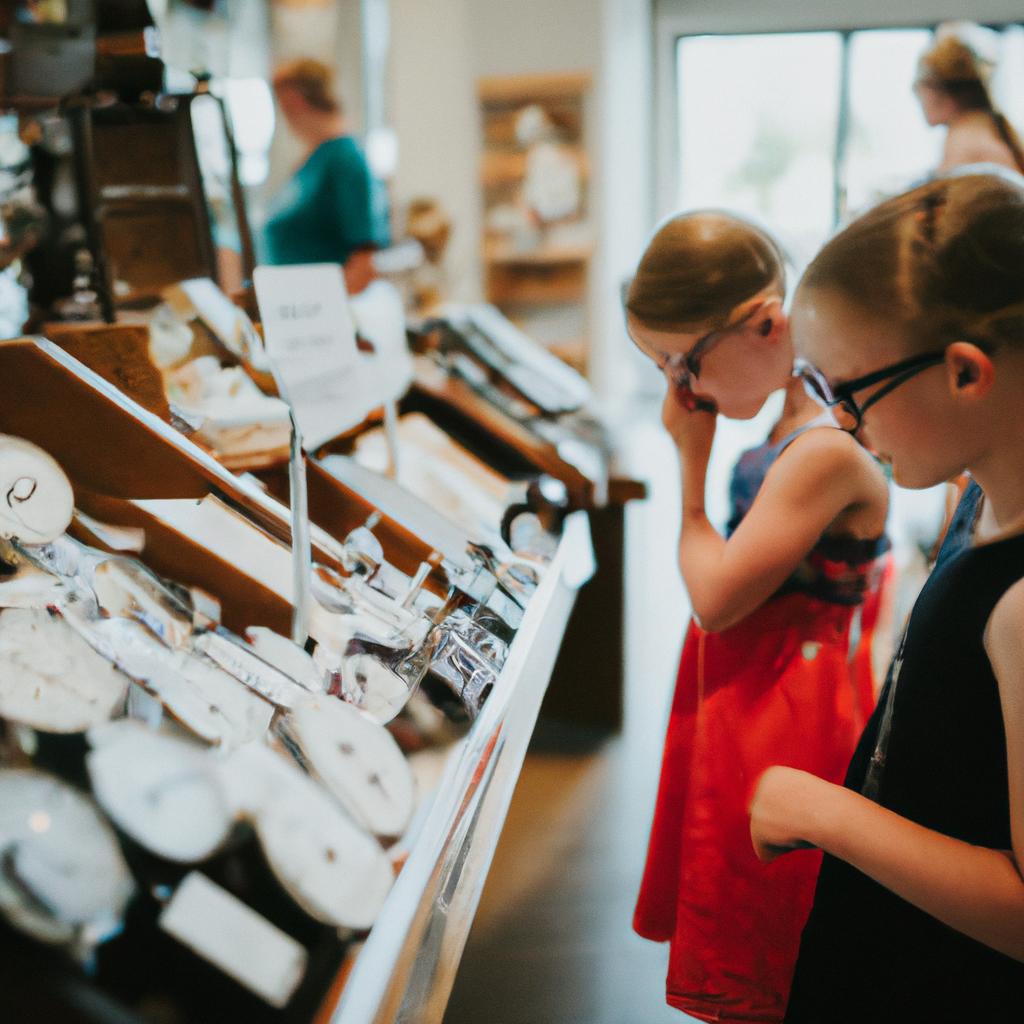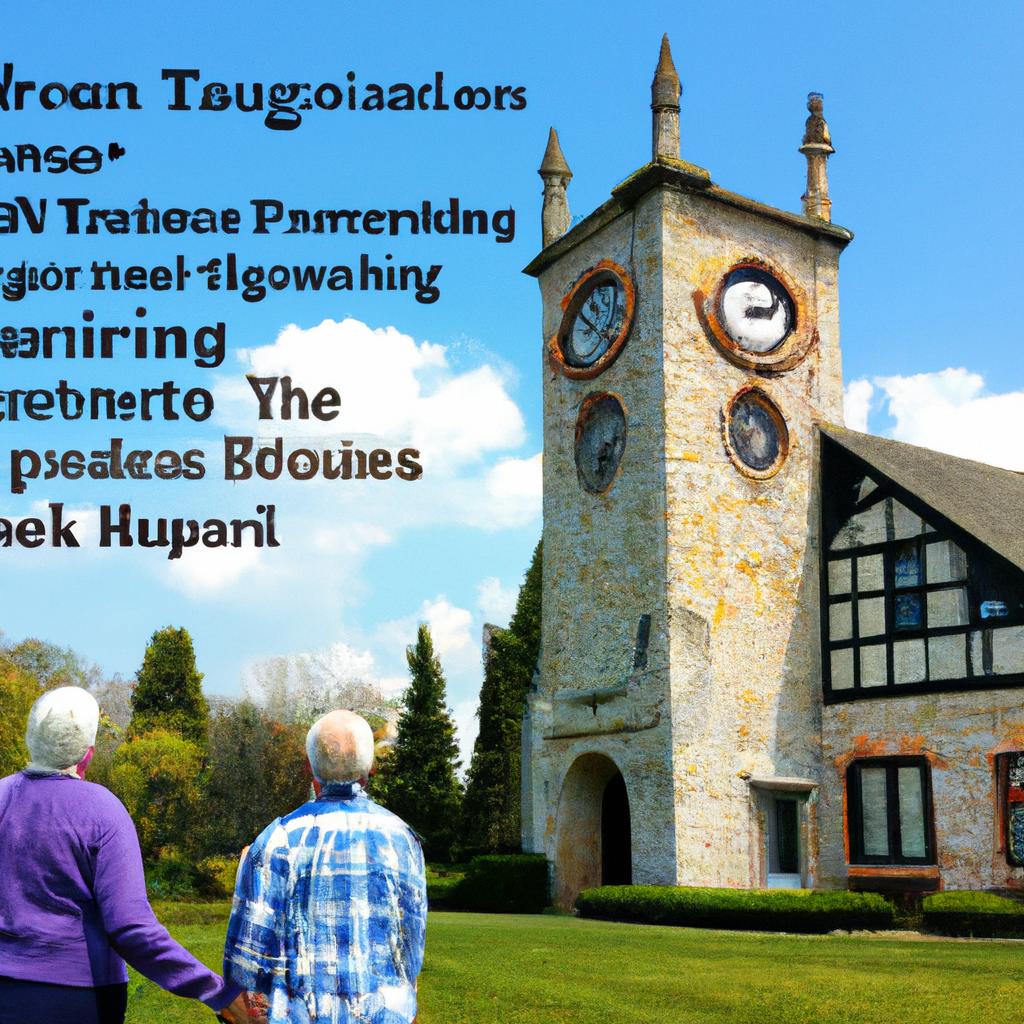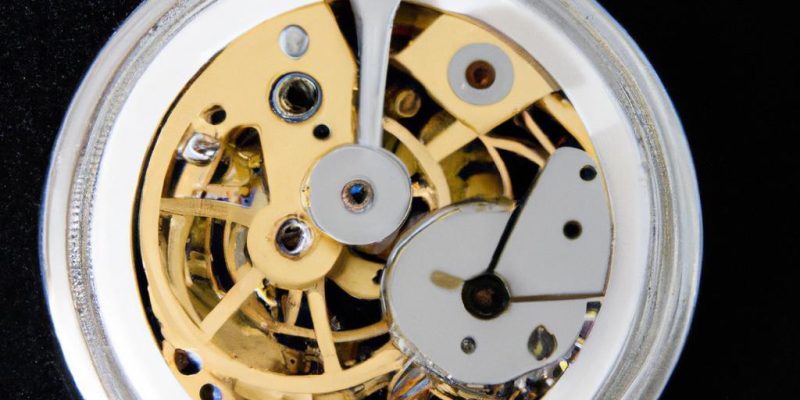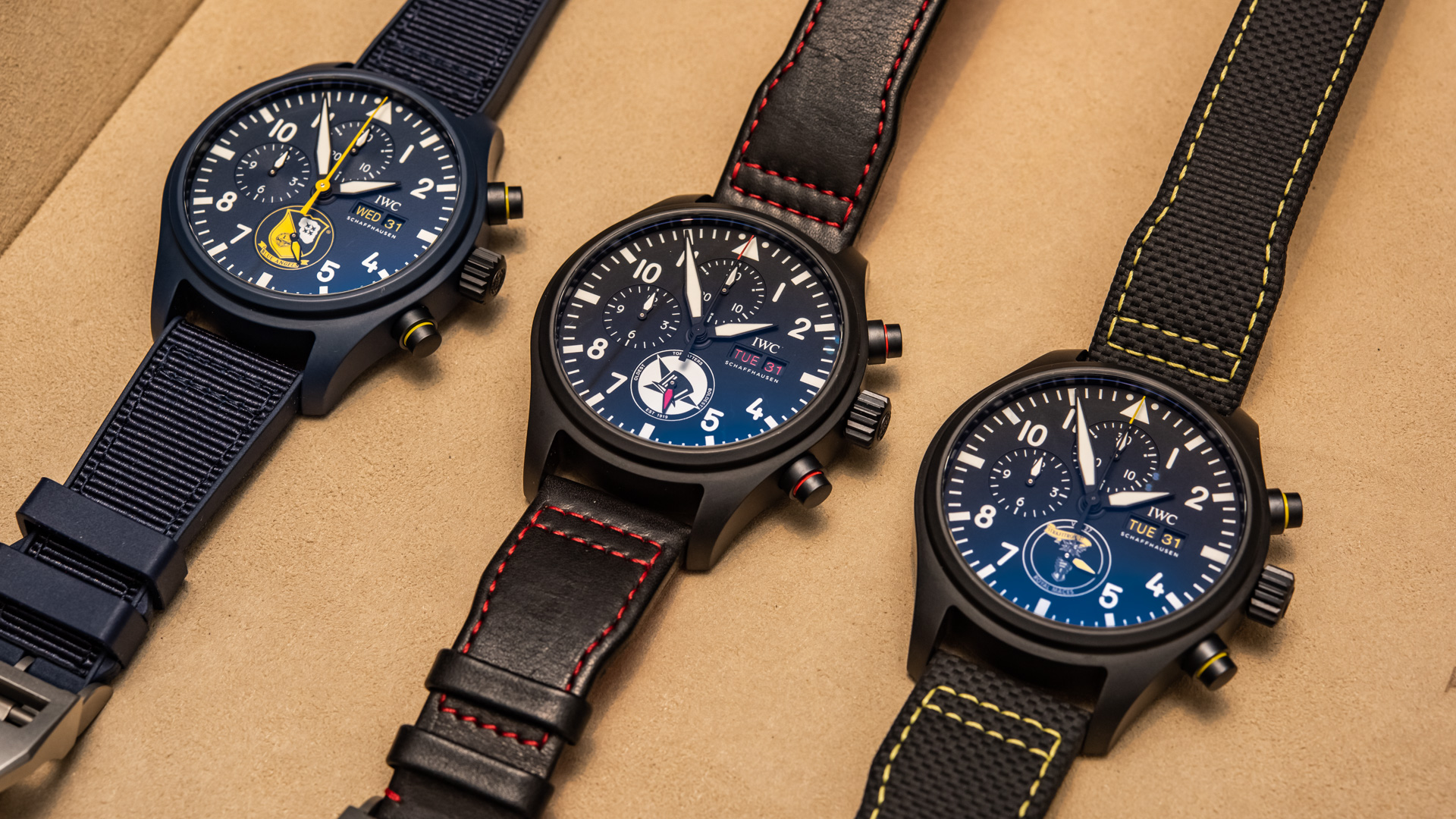Tick-Tock: Nurturing a Passion for Timepieces in Our Children
In a world increasingly dominated by digital screens and fast-paced living, the humble wristwatch often finds itself overshadowed by the ever-present smartphone. Yet, beneath the surface of this ticking mechanism lies a captivating history woven with stories of craftsmanship, artistry, and the very nature of time itself. “Tick-Tock: Nurturing a Passion for Timepieces in Our Children” invites you to embark on a journey that transcends mere chronology. It explores how instilling an appreciation for watches and their intricate workings can provide children with valuable life lessons, a sense of wonder, and a bridge to a world where tradition meets innovation. Here, we delve into the art of horology, the importance of patience, and the joy of collecting, all while igniting a spark that may very well shape future generations of watch enthusiasts. Join us as we uncover how to inspire a love for timepieces within our children, one tick at a time.

Fostering Curiosity: Introducing Children to the World of Timepieces
Introducing children to the fascinating world of timepieces can spark a lifelong interest in craftsmanship, engineering, and design. Whether it’s the gentle tick of a classic mechanical watch or the vibrant display of a modern smartwatch, each timepiece has a unique story to tell. Engaging children with hands-on experiences can enhance their understanding and appreciation for these intricate instruments. Consider activities such as:
- Field trips to local watchmakers – Witnessing the artistry firsthand can inspire awe and creativity.
- Crafting DIY clocks – Allowing them to create their own clock can instill pride in their work and teach basic principles of mechanics.
- Exploring history through timepieces – Discuss how watches have evolved over the centuries, connecting them to major historical events.
Moreover, the concept of time can be introduced through playful methods. Games that incorporate timers can instill a sense of urgency and excitement, while storytelling sessions featuring characters who navigate time travel can captivate their imagination. To help visualize the significance of timepieces, consider presenting them with a simple table that outlines different types of clocks and their distinctive features:
| Type of Timepiece | Distinctive Feature |
|---|---|
| Analog Watch | Classic hour and minute hands |
| Digital Watch | Luminous number display |
| Hourglass | Visual flow of sand marking time |
| Cuckoo Clock | Charming mechanical sounds and movements |
Such engaging methods can help children foster a genuine curiosity about timepieces, cultivating a passion for both the art of horology and a deeper understanding of time itself.

Hands-On Learning: Engaging Activities to Spark Interest in Horology
Engaging children in horology can be a delightful adventure that fuses education with tangible experience. Start by introducing them to the world of timekeeping through **interactive workshops**, where they can explore a variety of activities designed to captivate their interest. Ideas include:
- **Building Simple Clock Models**: Using craft materials to create working clock models can provide a foundational understanding of gears and movement.
- **Disassembling Old Watches**: A hands-on exploration by taking apart old, non-functioning watches encourages curiosity and problem-solving as they discover how each component functions.
- **Time Measurement Challenges**: Organizing activities where children measure everyday tasks—like timing how long it takes to complete a puzzle—helps them understand seconds and minutes practically.
To further enhance their interest, consider integrating technology through **digital horology projects**. For instance, children can program basic clock simulations using coding platforms, marrying modern skills with traditional watchmaking. To track their progress, a simple comparison table can be created:
| Activity | Skills Developed | Time Duration |
|---|---|---|
| Build Clock Models | Creativity, Construction | 2 hours |
| Disassemble Watches | Analytical Thinking | 1.5 hours |
| Time Measurement Challenges | Time Management, Strategy | 1 hour |

Building Appreciation: The Art and Science of Timekeeping Through Generations
Timepieces have always held a special place in human history, blending the practicality of timekeeping with the artistry of craftsmanship. By introducing children to the **amazing world of horology**, we can inspire a appreciation for the intricacies and stories behind these devices. From the ticking of a mechanical watch to the elegance of a vintage pocket watch, every timepiece offers a glimpse into an era gone by, encouraging young minds to explore the synergy of **science and art** in their designs. Imagine guiding your child to examine a timepiece, pointing out the **delicate gears** and **intricate dials** that work together, allowing for a deeper understanding of the mechanics of time itself.
To foster this passion, consider incorporating interactive activities that engage children with timekeeping beyond mere observation. Choose hands-on projects like creating a simple sundial or constructing a **paper clock**, allowing them to grasp the concept of time in an engaging way. Organize family outings to watch exhibitions showcasing the history of timekeeping that allure with extraordinary designs. Lastly, share stories of famous watchmakers and their quests for precision; these narratives can spark curiosity and ignite a fascination for **innovation and creativity**. By nurturing this passion, you’re equipping the next generation with a skill and appreciation that transcends time.
| Activity | Objective | Materials Needed |
|---|---|---|
| Building a Sundial | Learn how sunlight can measure time | Cardboard, stick, compass |
| Creating a Paper Clock | Understand clock mechanics and time reading | Paper, scissors, brad fasteners |
| Visit a Horology Museum | Appreciate the art of watchmaking | Tickets, notebook for observations |
To Wrap It Up
As we close the chapter on this exploration of nurturing a passion for timepieces in our children, it becomes clear that the journey transcends mere mechanics and aesthetics. Timepieces are not just instruments that mark the hours; they embody stories, craftsmanship, and a connection to tradition that spans generations. By sharing this appreciation with the younger generation, we plant seeds of curiosity, creativity, and an understanding of time that goes far beyond seconds and minutes.
Encouraging our children to appreciate the artistry of watches, the intricacies of horology, and the stories behind every tick and tock enriches their lives in profound ways. In a world that often rushes forward, let us take a moment to pause, reflect, and delve into the timeless world of timepieces, fostering a love that will ignite their imaginations for years to come. As you embark on this journey with your young ones, remember: the love for time is not just about watching the clock; it’s about cherishing each moment that weaves together the fabric of our lives.




















Comments